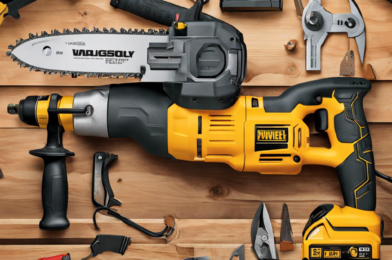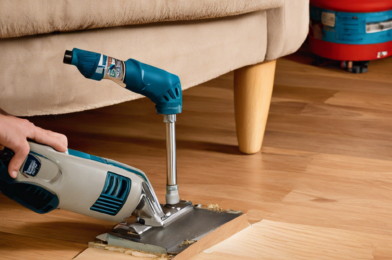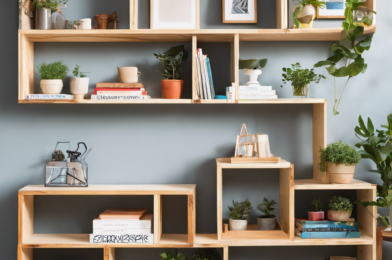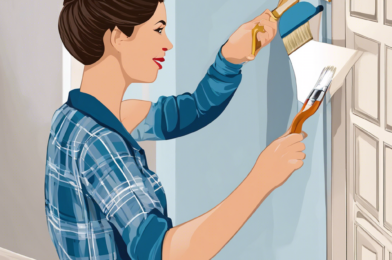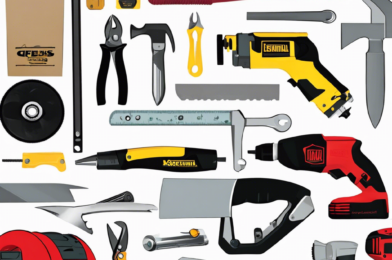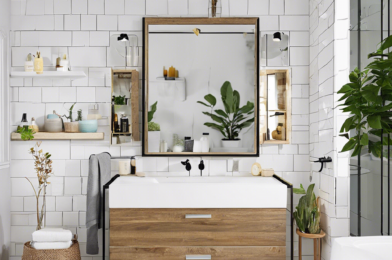Are you ready to take your DIY projects to the next level with power tools? Whether you’re a new homeowner tackling renovations or an aspiring maker exploring creative hobbies, this beginner’s guide will empower you to use power tools safely and effectively. Power tools can be your best friends or your worst enemies; they save time and effort but can be intimidating and even dangerous if not handled properly.
Safety should always come first when working with power tools. Before you begin, ensure you have personal protective equipment, including safety glasses, ear protection, and a dust mask. Always read the tool’s instruction manual, familiarizing yourself with its functions, controls, and safety features. Never operate a tool without understanding its operation and potential hazards. Each tool has specific safety precautions, so approach them with respect and caution.
Start your power tool journey with the basics: drills and drivers. These are versatile and essential for a wide range of tasks. Learn to adjust the clutch settings and torque on your drill for various materials. Practice drilling at different angles, starting with straight holes, and then move on to angled ones. This will give you a better understanding of how to control the tool and avoid accidents.
Another fundamental skill is learning how to use a jigsaw. This tool allows you to cut curves and shapes in wood and other materials. Practice cutting straight lines before moving on to curves. Focus on maintaining control and keeping the blade straight to ensure clean cuts.
As you gain confidence, you can explore more advanced power tools like circular saws or table saws, but always prioritize safety and skill development.
